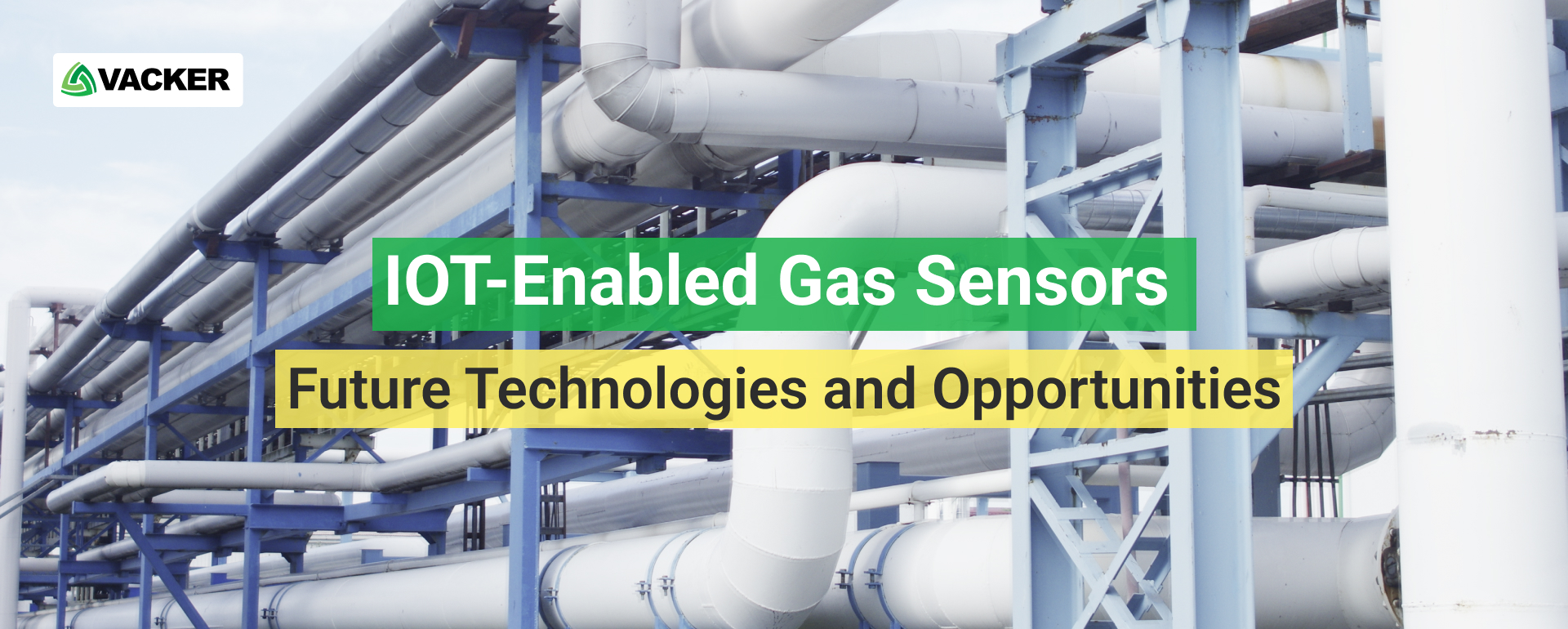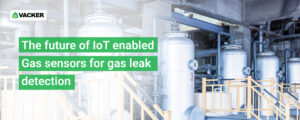IoT-Enabled Gas Sensors: Future Technologies and Opportunities

IoT-enabled gas sensors are devices that use the Internet of Things (IoT) technology to detect and monitor levels of gases in a given area, and then transmit that data wirelessly to a central location. Gas leak detection with these sensors detect gas leaks quickly and accurately, monitor gas levels in real time, and provide valuable data that can be used to improve safety and efficiency in various industries.
There are many different types of IoT-enabled gas sensor available, each designed to detect specific types of gases. For example, some sensors can detect methane, carbon monoxide, and sulfur dioxide, among others. These sensors can be used in a wide range of applications, including industrial settings, mining operations, agricultural settings, and environmental monitoring.
The key technologies that enable IoT-enabled gas sensor include wireless communication, sensor miniaturization, and advanced materials science. Wireless communication allows the sensors to transmit data to a central location without the need for wired connections, making it much easier and cost-effective to deploy these sensors on a large scale.
Sensor miniaturization makes it possible to create small, low-power sensors that can be easily integrated into various devices and systems. And advancements in materials science have led to the development of new sensors that are more sensitive and precise than their predecessors.
The future of IoT enabled Gas sensors for gas leak detection
IoT-enabled gas sensor is becoming increasingly popular as a way to improve safety and efficiency in various industries.
These sensors use the Internet of Things (IoT) technology to transmit data wirelessly to a central location, allowing for real-time monitoring and control of gas levels in a given area. The following are some of the advantages of IoT enabled Gas sensor –
- One of the primary advantages of IoT-enabled gas sensor is their ability to detect gas leaks quickly and accurately.
Traditional gas sensor can take a long time for gas leak detection, and sometimes they may not detect it at all. IoT-enabled sensors, on the other hand, can detect leaks almost immediately and send an alert to a central location, where the appropriate action can be taken to prevent a dangerous situation.
2. Another advantage of IoT-enabled gas sensor is their ability to monitor gas levels in real time.
This allows for proactive measures to be taken to prevent dangerous situations from occurring in the first place. For example, in an industrial setting, if a sensor detects an increase in gas levels, the appropriate action can be taken to vent the gas before it reaches dangerous levels.
3. IoT-enabled gas sensor also provide valuable data that can be used to improve safety and efficiency in various industries.
For example, in the oil and gas industry, data from these sensors can be used to optimize drilling and production operations, leading to increased efficiency and cost savings. In addition, in the mining industry, data from these sensors can be used to improve ventilation systems, making the mining process safer for workers.
4. IoT-enabled gas sensor also provide benefits in the agriculture and the environment sectors.
In agriculture, these sensors can be used to monitor the levels of gases in greenhouses, which can have a significant impact on crop yield. By monitoring these levels in real time, farmers can take action to ensure optimal growing conditions for their crops. Similarly, in the environmental sector, IoT-enabled gas sensors can be used to monitor the levels of harmful gases in the air, such as carbon monoxide and sulfur dioxide, which can be used to inform pollution control efforts.
5. One of the key technologies that enable IoT-enabled gas sensor is wireless communication.
This allows the sensors to transmit data to a central location without the need for wired connections, making it much easier and cost-effective to deploy these sensors on a large scale. Another important technology is sensor miniaturization, which makes it possible to create small, low-power sensors that can be easily integrated into various devices and systems. Additionally, advances in materials science have led to the development of new sensors that are more sensitive and precise than their predecessors.
IoT-enabled gas sensor are poised to play an increasingly important role in various industries, providing real-time monitoring and control of gas levels, improving safety and efficiency, and providing valuable data that can be used to inform decision-making.
As these technologies continue to evolve, we can expect to see more and more applications of IoT-enabled gas sensor in a wide variety of settings, ultimately creating a safer and more efficient world. Reach us to know more.
Leave a Reply